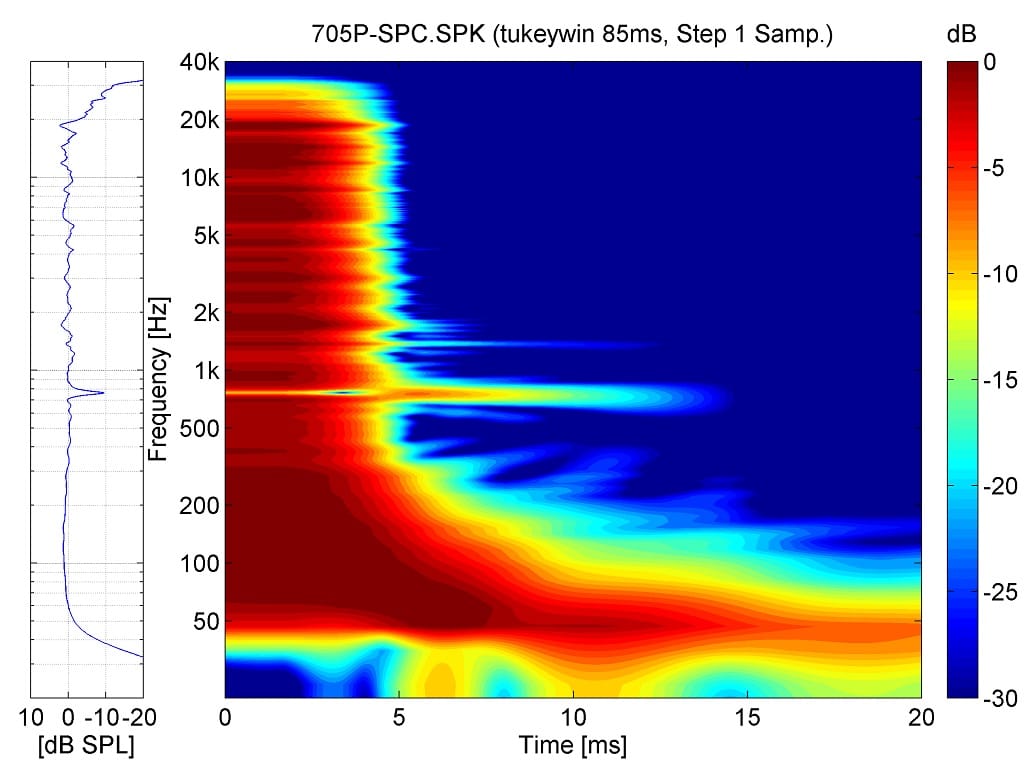tuga
Major Contributor
Resonances :
Would be interesting to see measurements of thin walled speakers (Few low price speakers are already tested) by clamping them with heavy planks/makeshift CLD of suitable materials. Isn't it ?
Not to me. I'm only interested in advanced "thin-walled" cabinets such as those designed by the BBC, not cheaply-built rubbish.
Factors in the design of loudspeaker cabinets
H.D. Harwood, R. Matthews - January 1977
The mechanical properties of timber, wood products and other materials potentially suitable for the construction of loudspeaker cabinets have been measured and details of the results are given. Various commercially available damping materials have also been assessed and their relative efficiencies are listed. A new method of test for the cabinets of completed loudspeakers has been devised and a tentative performance specification has been produced.
http://downloads.bbc.co.uk/rd/pubs/reports/1977-03.pdf


